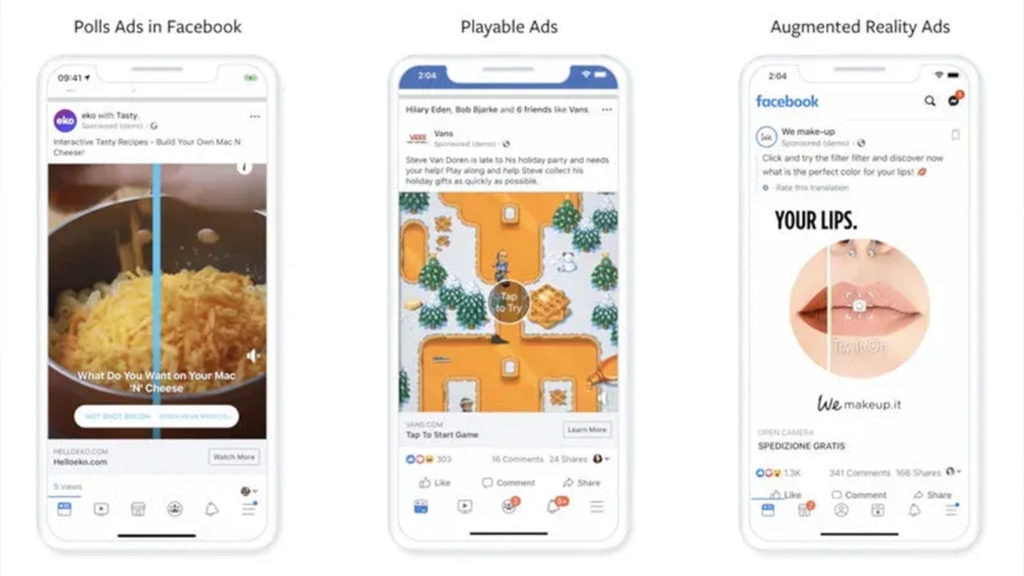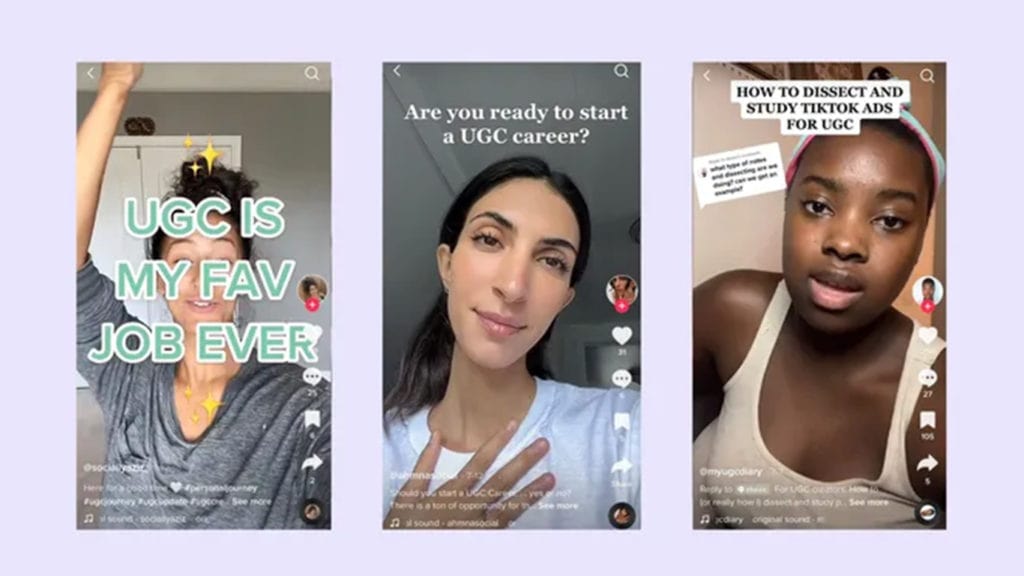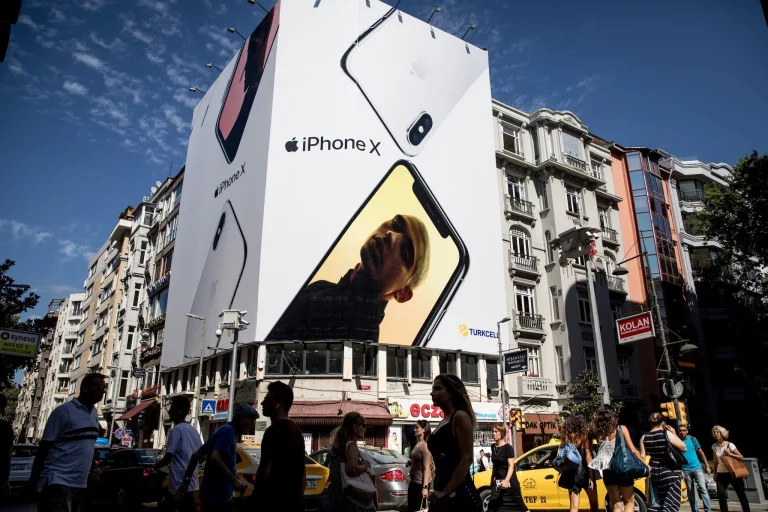Social Media Advertising Strategies: Tips for Maximizing ROI
Hey there, social media enthusiasts! Are you ready to take your business to the next level? If so, then buckle up and get ready to learn how to maximize your ROI on social media advertising.
With billions of users on platforms like Facebook, Instagram, LinkedIn, and Twitter, social media has become an integral part of our everyday lives, and businesses have noticed.
However, with so much competition, it can take time to create effective advertising strategies that get results.
I’m here to provide tips and tricks for creating the perfect social media advertising strategy.
Key Takeaways (TLDR)
- Starting with your why informs the overall strategy and objectives of your social media advertising campaigns.
- To maximize ROI, businesses need to target the right audience, which can be done by utilizing social media platforms’ different targeting options.
- Creating engaging content is crucial to success in social media advertising.
- Try experimenting with different ad formats, such as video, carousel, and interactive ads, can help businesses drive more engagement and sales.
- Testing, optimizing, and tracking the performance of campaigns is essential, as it allows businesses to identify what works and what doesn’t work and adjust their strategy accordingly.
Start with Your Why In Your Social Media Advertising
Let’s start with the wise words of Simon Sinek: “Start with why.” Before you even think about creating social media advertising campaigns, you need to understand why you’re advertising in the first place.
- What are your business goals?
- Do you want to increase sales?
- Do you want to build brand awareness or drive website traffic?
Understanding your “why” will help you create more effective campaigns aligning with your business strategy.
Let’s dive into some examples to see how starting with your why can inform your social media advertising strategy.
Increase Sales
If you’re a small e-commerce business specializing in handmade jewelry, your reason might be to increase sales and grow your business.
To achieve this, you should create social media advertising campaigns highlighting your unique products and offering exclusive discounts to users who click on your ads.
By targeting users interested in making jewelry or similar products, you can increase your chances of converting them into paying customers.
Build Brand Awareness
Alternatively, if you’re a startup that has just launched a new app, your why might be to build brand awareness and generate more buzz around your product.
To achieve this, you should create social media advertising campaigns that showcase your app’s key features and benefits and target users interested in similar apps or technology.
By creating visually appealing and informative ads that capture the attention of your target audience, you can generate interest in your app and build brand recognition.
Drive Website Traffic
Finally, if you’re a B2B software company that offers a range of solutions for businesses, your why might be to drive website traffic and generate leads for your sales team.
To achieve this, you should create social media advertising campaigns that promote your blog content, whitepapers, or webinars and target users in relevant industries or job roles.
By offering valuable content that solves specific pain points for your target audience, you can drive more traffic and sales to your website.
Starting with your why informs the overall strategy and objectives of your social media advertising campaigns.
By understanding your business goals and what you hope to achieve, you can create more targeted and effective campaigns that align with your overall strategy.
But that’s just the beginning! Now that you have identified your “why,” next is determining “who” your target audience.
Target the Right Audience
One significant advantage of social media ads is targeting specific audiences.
Targeting the right audience can help ensure that your ads are seen by those interested in your product or service. But how exactly do you go about doing this?
First, you need to identify who your target audience is. Are they young adults who are interested in fashion and beauty? Or they may be middle-aged individuals who are interested in health and wellness.
Understanding your target audience can help you utilize the different targeting options social media platforms like Instagram and Facebook offer.
Let’s take a look at some examples of how to target the right audience on social media:
Demographic Targeting
Demographic targeting allows you to reach users based on age, gender, location, and other demographic factors.
Let’s say you’re a skincare brand that sells anti-aging products. Your target audience might be women over 35 interested in beauty and skincare.
By targeting this specific demographic, you can ensure that your ads are seen by users interested in your products.
Interest-Based Targeting
Interest based targeting allows you to reach users based on their interests and behaviors. Let’s say you’re a fitness brand that sells workout gear and supplements.
Your target audience might be fitness, nutrition, and wellness users.
By targeting users who have shown an interest in these topics, you can ensure that your ads are seen by users who are interested in your products.
Lookalike Targeting
Look-alike targeting allows you to reach users similar to your existing customers. Let’s say you’re a subscription box service that sends customers monthly boxes of snacks.
Your target audience might be users who have previously purchased snack boxes or similar subscription services.
With a look-alike audience based on your existing customers, you can reach new users like your most valuable customers.
Behavioral Targeting
Behavioral targeting allows you to reach users based on online behavior and activity. Let’s say you’re a travel brand that specializes in luxury vacations.
Your target audience might be users recently searching for flights or hotels in exotic locations.
By targeting users who have shown a specific behavior or interest, you can ensure that your ads are seen by users interested in your products.
But targeting the right audience is only half the battle. You must also ensure your ads are engaging and relevant to your target audience.
Ensure your ad copy and creativity align with the target audience’s interests and needs.
For example, if you’re targeting young adults interested in fashion and beauty, use bright and eye-catching visuals and create a sense of urgency in your ad copy.
Another important tip for maximizing ROI is testing and optimizing your ads.
Try experimenting with different ad formats, targeting options, and ad creative.
Testing and optimizing your ads can help identify what works and doesn’t and adjust your strategy accordingly.
Don’t forget to track your results and analyze your data. Use tools like Facebook Ads Manager and Google Analytics to monitor your campaigns and see their performance.
Pay attention to metrics like click-through.
Create Engaging Content
One of the most important things to remember regarding social media advertising is the need to create engaging content.
This means using high-quality images and videos in your ads, as well as writing copy that is both concise and compelling.
After all, social media is a highly visual platform, and users are bombarded with content daily.
If you want your ads to stand out and capture attention, you must ensure they’re visually stunning and grab the viewer’s attention right from the start.
How can you create engaging content that resonates with your target audience?
One excellent option is experimenting with different ad formats, such as carousel ads, video ads, and interactive ads.
Let’s look at these formats and how they can help you drive more engagement through your social media ad campaigns.

Video Ads
Video ads are compelling for capturing attention and showcasing your product or service.
Not only do they allow you to showcase your brand’s personality and values, but they can also be used to demonstrate your product’s unique features and benefits.
A study by Wyzowl found that 84% of consumers are more likely to buy a product or service after watching brand videos.
How can you create a video ad that stands out? Start by considering what content your target audience will likely be interested in.
For example, suppose you’re a fashion brand that sells trendy clothing and accessories. In that case, you might create a video ad that features a model wearing your latest collection and walking down the runway.
You can create a memorable ad encouraging users to engage with your brand with eye-catching visuals and showcasing your products in action.

Carousel Ads
Carousel ads are another powerful ad format that can help you showcase multiple products or features in a single ad. This can be particularly effective if you’re a home décor brand that sells a range of furniture and accessories, for example.
Creating a carousel ad that features multiple images of your products, along with descriptions and pricing information, gives users a quick overview of your product line and makes it easy to click through to your website and purchase.
According to Facebook, carousel ads can drive up to 10x more traffic to advertisers’ websites than static sponsored posts.
A study by Kinetic Social found that carousel ads have a ten times higher click-through rate compared to static sponsored posts on Instagram.
If you’re looking for a way to increase engagement and drive more sales through your social media advertising campaigns, carousel ads are worth considering.

Interactive Ads
Interactive ads are a great and engaging way for users to interact with your brand.
By creating an ad that allows users to customize their experience based on preferences and goals, you can also create a memorable experience encouraging users to engage with your brand and purchase.
One great example of an interactive ad is a food delivery service specializing in healthy meals. You might create an ad that allows users to customize their meal plan based on their dietary preferences and goals.
By making the ad interactive and personalized, you can create a memorable experience that encouraging users to engage with your brand and purchase.
According to Hubspot, interactive content generates two times as many conversions as passive content.
A study by Outgrow found that interactive content has an average conversion rate of 36%, compared to the average conversion rate for passive content of 2%.

User-Generated Content
User-generated content is a fun way to showcase your products and build social proof. Let’s say you’re a beauty brand that sells a range of skincare products.
You can create a social media ad campaign featuring user-generated content from your customers, testimonials, and reviews.
You can build trust and encourage new customers to purchase by showcasing real people using and loving your products.
According to Bazaarvoice, user-generated content can increase online sales by up to 146%.
Additionally, a survey by Stackla found that 86% of consumers say that user-generated content is a good indicator of the quality of a brand’s products or services.
Creating engaging content is vital to successful social media ad campaigns in these examples.
You’ll want to create ads that resonate with your target audience and encourage them to take action by using eye-catching visuals, interactive features, and personalized messaging.
Optimize for Conversions
To maximize the return on investment (ROI) of your social media advertising campaigns, optimizing for conversions is essential.
In other words, your ads should encourage users to take action, such as purchasing, signing up for a newsletter, or downloading an e-book.
Use a Clear Call-to-Action (CTA)
Creating explicit, concise, and attention-grabbing ads is crucial to optimize conversions. One way to do this is by using a clear call-to-action (CTA) that tells users exactly what action you want them to take.
For example, if you’re a software company that sells a project management tool, you might create a LinkedIn ad with a CTA button that says, “Try it now.”
This way, users will know precisely what they’re supposed to do and will be more likely to convert into customers.
A/B Test Your Ad Copy and Design
Another way to optimize for conversions is by A/B testing your ad copy and design.
This requires creating two versions of your ad with different headlines, copy, and images and testing which performs better in conversions.
By analyzing the data from both ads, you can optimize your social media advertising campaigns to maximize your ROI.
Retargeting
Retargeting is another effective way to optimize for conversions. This includes targeting users who have previously interacted with your brand or visited your website.
For example, if you’re a beauty brand that sells skincare products, you might create a retargeting campaign that targets users who have added a product to their cart but have yet to make a purchase.
By reminding these users about the product and offering them a discount or special offer, you can increase the chances of converting them.
Use Landing Pages
Finally, using landing pages is an excellent way to optimize for conversions.
Landing pages are specific web pages designed to convert visitors into leads or customers. A landing page tailored to the user’s interests and needs can increase their chances of converting into a lead or customer.
For example, suppose you’re a marketing agency that offers SEO services. In that case, you might create a LinkedIn ad that promotes your SEO services and directs users to a landing page focusing on SEO.
In conclusion, optimizing for conversions is critical to the success of a social media ad campaign.
By using clear CTAs, A/B testing your ads, retargeting previous website visitors, and landing pages, you can create optimized ads for conversions and maximize your social media advertising campaign ROI.
So, implement these strategies to take your social media advertising to the next level and see the results for yourself!
Test and Iterate
That’s right, folks. It’s time to roll up your sleeves and experiment with your ad campaigns to see what works best.
The beauty of social media advertising is that it provides a wealth of data that you can use to refine your strategy continually.
By analyzing your ad performance data, you can identify what’s working and what isn’t and adjust accordingly. The result? More clicks, more conversions, and more sales. Who doesn’t want that?
Here are some examples of how to test and iterate your ads to improve their effectiveness:
Test Different Ad Formats
Have you ever heard the phrase, “content is king”? Well, that applies to ads, too. Social media platforms offer different ad formats, including video, carousel, and single-image ads.
Testing different ad formats can help you identify which resonates best with your target audience.
For example, test a single-image Facebook ad against a carousel ad to see which format generates more clicks and conversions.
In particular, video ads have proven incredibly effective on social media. According to one study, video ads have a click-through rate (CTR) that’s 1.84 times higher than image ads.
They also have a 34% higher conversion rate, making them an excellent option for brands looking to drive more sales.
Test Audience Targeting
One of the best things about social media advertising is the ability to target specific groups based on demographics, interests, and behaviors.
However, not all targeting strategies are created equal. Testing different audience targeting strategies can help you identify the most effective way to reach your target audience.
For example, test targeting people who recently visited your website against targeting people interested in your industry to see which group generates more conversions.
Testing and iterating your audience targeting can improve ad relevance, leading to higher engagement rates and lower costs.
Test Ad Copy and Design
Ad copy and design can affect your social media advertising campaigns. Testing different ad copy and design can help determine which messaging and visuals resonate best with your target audience.
For example, test two versions of a LinkedIn ad with different headlines, copy, and images to see which generates more clicks and conversions.
When testing your ad copy, try to keep it short and sweet. Use attention-grabbing headlines, clear calls-to-action, and benefit-focused messaging to engage users for more clicks.
Consider using high-quality images or videos for your ad design, and ensure that your ads are optimized for mobile devices.
Iterate Based on Performance Data
Once you’ve tested your ads, it’s essential to use the performance data to inform your next steps. This is where the “iterate” part of test and iterate comes in.
By analyzing your data, you can identify which ads perform best and adjust accordingly.
For example, if your video ads generate more conversions than your single-image ads, you might spend more on video ads.
Or, if one specific audience targeting strategy generates more conversions than others, you might adjust your targeting accordingly.
In conclusion, testing and iterating your social media advertising campaigns is vital to maximizing your ROI.
By testing different ad formats, audience targeting strategies, ad copy, design, and iterating based on performance data, you can create ads that resonate with your target audience and drive more conversions.
So what are you waiting for? Get testing and start optimizing your ad campaigns today!
Conclusion
Social media ads can be a highly effective method to reach new customers and increase brand awareness.
By starting with your why, targeting the right audience, creating engaging content, optimizing for conversions, and testing and iterating, you can create social media advertising strategies that maximize ROI and help you achieve your business goals.
Frequently Asked Questions
What are 3 social media marketing strategies?
Three primary social media marketing strategies include content creation tailored to target audiences, engaging with followers through comments and direct messages, and utilizing paid advertising to boost post reach and attract potential customers.
What are the 5 C’s of social media strategy?
The 5 C’s of social media strategy are Content, Context, Connection, Community, and Conversion. These elements guide the creation and dissemination of meaningful content and foster relationships with users to achieve marketing goals.
What are the 7 C’s of social media strategy?
The 7 C’s of social media strategy encompass Content, Context, Connection, Community, Conversation, Collaboration, and Conversion. These principles provide a comprehensive approach to engaging audiences, fostering interactions, and driving desired outcomes on digital platforms.
What are the five most effective social media marketing strategies?
The five most effective social media marketing strategies are curating high-quality content, leveraging influencer partnerships, utilizing data analytics for optimization, engaging with audiences authentically, and running targeted advertising campaigns to amplify reach and conversions.







